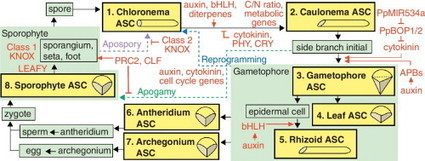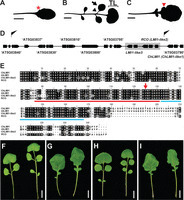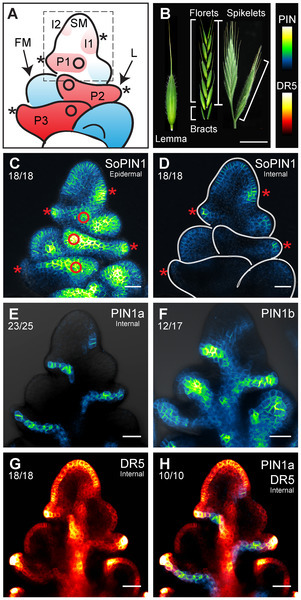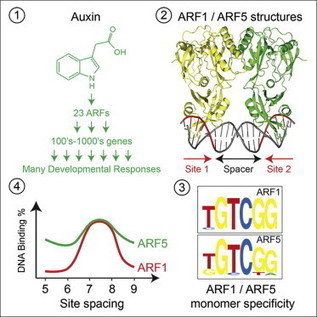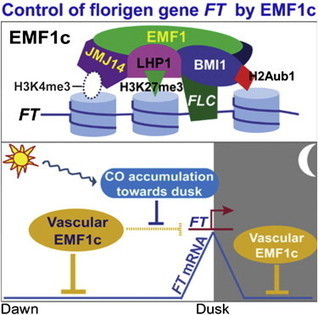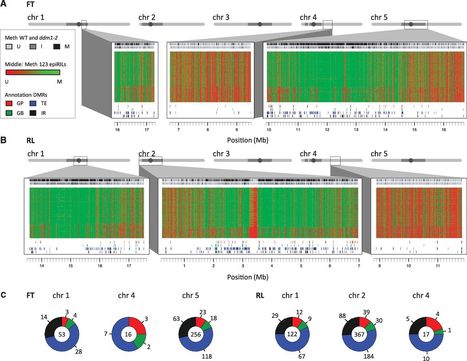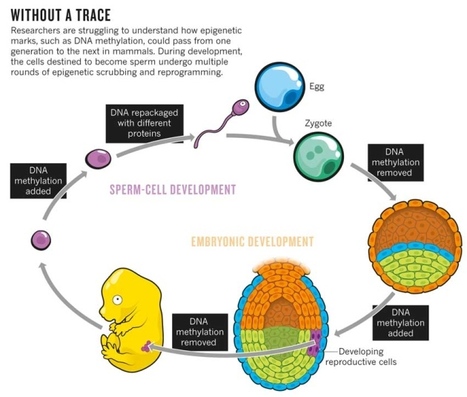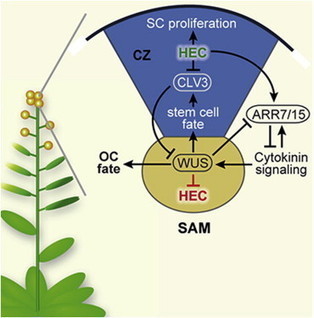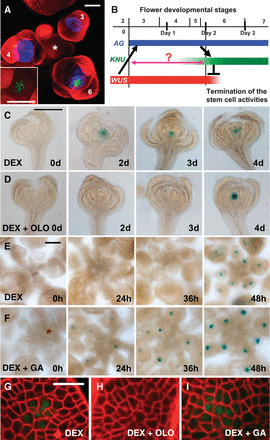The bHLH factor HECATE1 is a direct target of the plant stem cell regulator WUSCHELHECATE1 interacts with other bHLH factors to control stem cell proliferationWUSCHEL and HECATE1 activities converge on shared transcriptional targetsMobile cytokinin response factors define a feedback system downstream of HECATE1Summary
Plants continuously maintain pluripotent stem cells embedded in specialized tissues called meristems, which drive long-term growth and organogenesis. Stem cell fate in the shoot apical meristem (SAM) is controlled by the homeodomain transcription factor WUSCHEL (WUS) expressed in the niche adjacent to the stem cells. Here, we demonstrate that the bHLH transcription factor HECATE1 (HEC1) is a target of WUS and that it contributes to SAM function by promoting stem cell proliferation, while antagonizing niche cell activity. HEC1 represses the stem cell regulators WUS and CLAVATA3 (CLV3) and, like WUS, controls genes with functions in metabolism and hormone signaling. Among the targets shared by HEC1 and WUS are phytohormone response regulators, which we show to act as mobile signals in a universal feedback system. Thus, our work sheds light on the mechanisms guiding meristem function and suggests that the underlying regulatory system is far more complex than previously anticipated.
 Your new post is loading...
Your new post is loading...
 Your new post is loading...
Your new post is loading...








